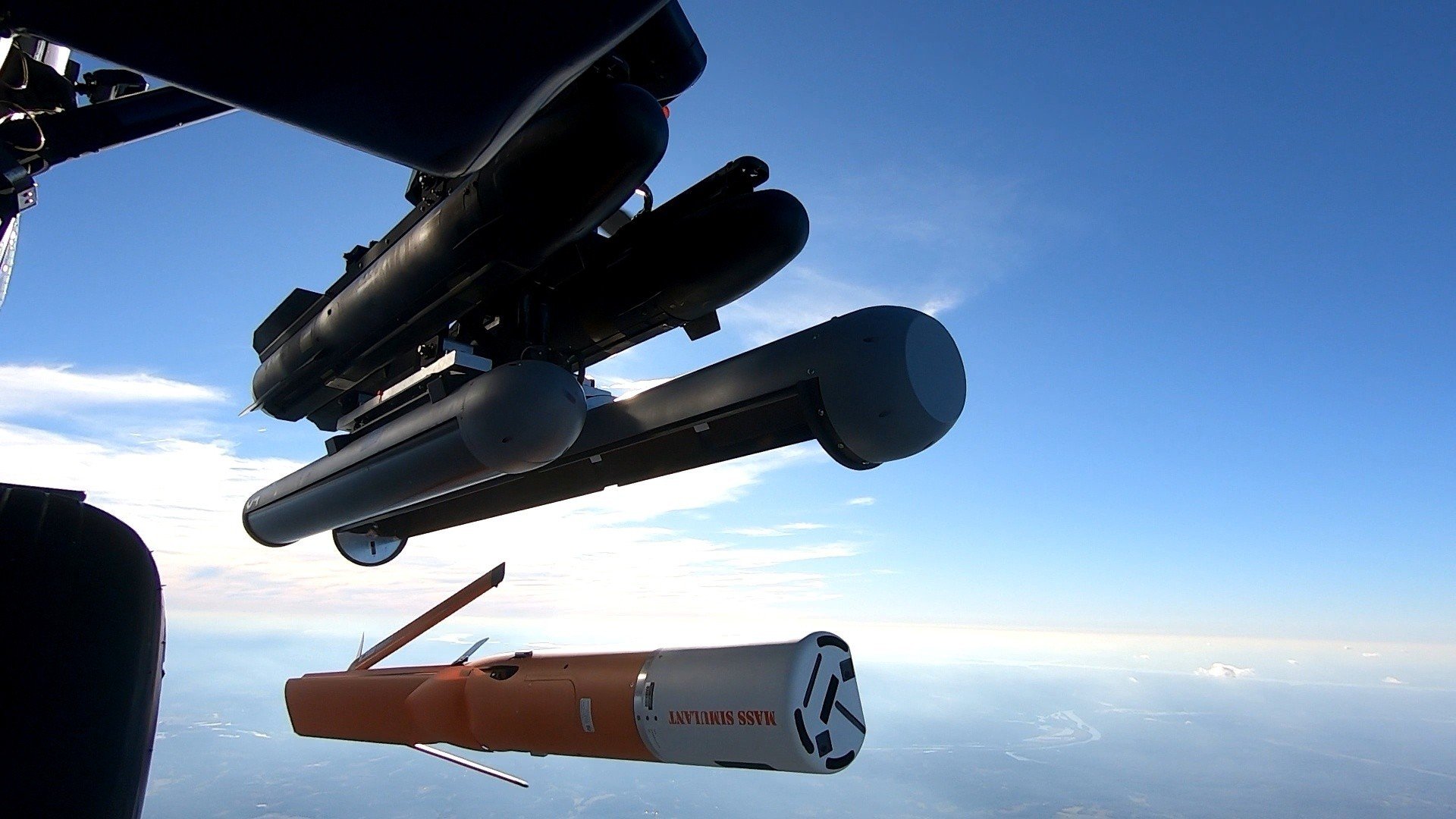ASHLEY ROQUE

The US Army is preparing to make a rapid fielding decision in 2025 for a “launched effects” prototype based around Anduril’s Air-Launched, Tube-Integrated Unmanned System 700 design, or Altius 700, the service recently announced.
Army officials, including those from the Special Operations Aviation Command (USASOAC), have been exploring ways to best deploy such launched effect capabilities — read: small drones that shoot out of something else mid-flight — for several years. In December, the service “successfully” launched a prototype based around Altius 700 from a UH-60 Black Hawk, a “significant risk reduction” event.
“The two flight demonstration yielded positive data that validates the Altius 700’s performance capabilities across all phases of operation, encompassing launch, flight, landing and recovery,” the service wrote. “The insights gained from the demonstration are instrumental to refining the system’s design and operating procedures ahead of the program’s upcoming test flights.”
The service has been working on that prototype for several years and in 2020 awarded 10 contracts for companies to mature technologies. It then whittled that list down and tasked them with collaborating on a prototype. According to the companies involved: Anduril Industries is providing the air vehicle (the Altius 700); Collins Aerospace, the mission system; Aurora Flight Sciences the integrator; and two others are working on payloads.
Now that the December flight test with the prototype is completed, the Army wants to conduct the first test flight with a “fully integrated” launched effects version early this year to demonstrate performance with the payloads and mission system that will be controlled by the prototype scalable control interface software, it explained. If that and subsequent testing proceeds smoothly, a final operational test will occur by the end of September 2024, and those results will be used to help senior Army leaders make a rapid fielding decision in fiscal 2025.
“Launched effects will bring a critical capability to the Army with advanced teaming between crewed and uncrewed systems to detect, identify, locate and report pacing threats in contested environments,” the service added. “The transformational capabilities launched effects brings to large scale combat operations provide corps, division and joint commanders with effective and timely targeting, enabling fires and effects at the time and place of need.”
While that most recent effort revolves around the Altius 700, the service has also tested out the Altius 600, and is eyeing new designs and payloads too. Later this month, for example, it is summoning company officials to Huntsville, Ala., to provide them additional details about launched effects requirements and the acquisition strategy, according to a notice published last month.
Specifically, the Army is interested in “short range” systems to launch from the ground and air, and that can house a variety of payload configurations including electro-optical/infra-red, kinetic kill, communications relay, and radio frequency decoys.
No comments:
Post a Comment